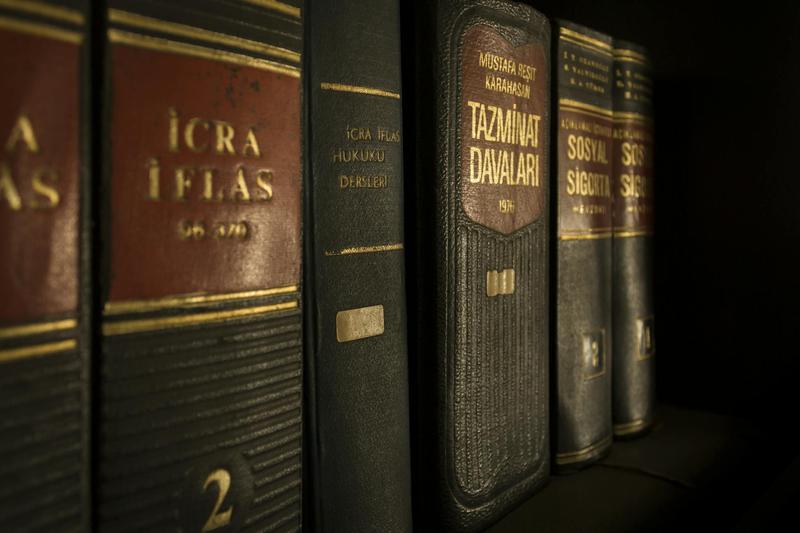Her Campus
•
20th February 2024
Book Review: Sarah J. Maas' “Crescent City: House of Flame and Shadow”
Sarah J. Maas’ latest installment in the “Crescent City” series, eagerly awaited by fans, fell short of expectations and instead proved to be predictable, tedious and uncharacteristically not a masterpiece.
In “House of Flame and Shadow,” the third book in Maas’ series released on Jan. 30, 2024, we continue to follow Bryce Quinlan’s journey as she navigates a perilous world, striving to overthrow the Asteri while safeguarding her loved ones in the process. The book maintains its familiar structure, narrating chapters and plotlines from different characters’ points of view, including Bryce’s love interest Hunt Athalar, Bryce’s brother Ruhn Danaan and Bryce’s childhood friend and former love interest’s sibling Ithan Holstrom.
![]()



